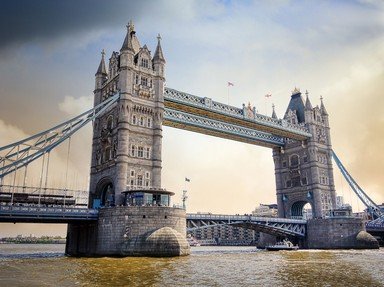Quiz Answer Key and Fun Facts
1. Standing proudly at 886m tall, which is the highest peak of the Brecon Beacons in Wales?
2. The Broads is a man-made set of waterways in Norfolk and Suffolk but when and why were they first created?
3. The Cairngorms is a mountain range in Scotland but what does the name "Cairn Gorm" mean in English?
4. Which quaint Dartmoor village was home to the legendary "Bill Brewer, Jan Stewer, Peter Gurney, Peter Davy, Dan'l Whiddon, Harry Hawke, Old Uncle Tom Cobley and all"?
5. Exmoor National Park falls within Devon and which other English county?
6. Scafell Pike in the Lake District overlooks the deepest lake in England. What is the name of the lake?
7. Scotland has two national parks. The Cairngorms is one, but which is the other?
8. With places of interest such as the Rufus Stone and Beaulieu Museum, which is one of the smallest National Parks in Britain?
9. Which range of hills can be found in the Northumberland National Park?
10. Which of these tasty sounding names is a distinctive feature in the North York Moors?
11. In which National Park can you find Stanage Edge, Dovedale and Buxton?
12. St Bride's Bay, Whitesands Bay and Cardigan Bay are all part of which Welsh National Park?
13. Roughly translated as 'highlands', what do the Welsh people call Snowdonia National Park?
14. Haven Brow, Short Brow, Rough Brow, Brass Point, Flat Hill, Bailey's Hill and Went Hill make up which famous landmark in the South Downs National Park?
15. What is the name of the triple flight of waterfalls along the River Ure in Wensleydale which is part of the Yorkshire Dales National Park?
Source: Author
Plodd
This quiz was reviewed by FunTrivia editor
Tizzabelle before going online.
Any errors found in FunTrivia content are routinely corrected through our feedback system.

